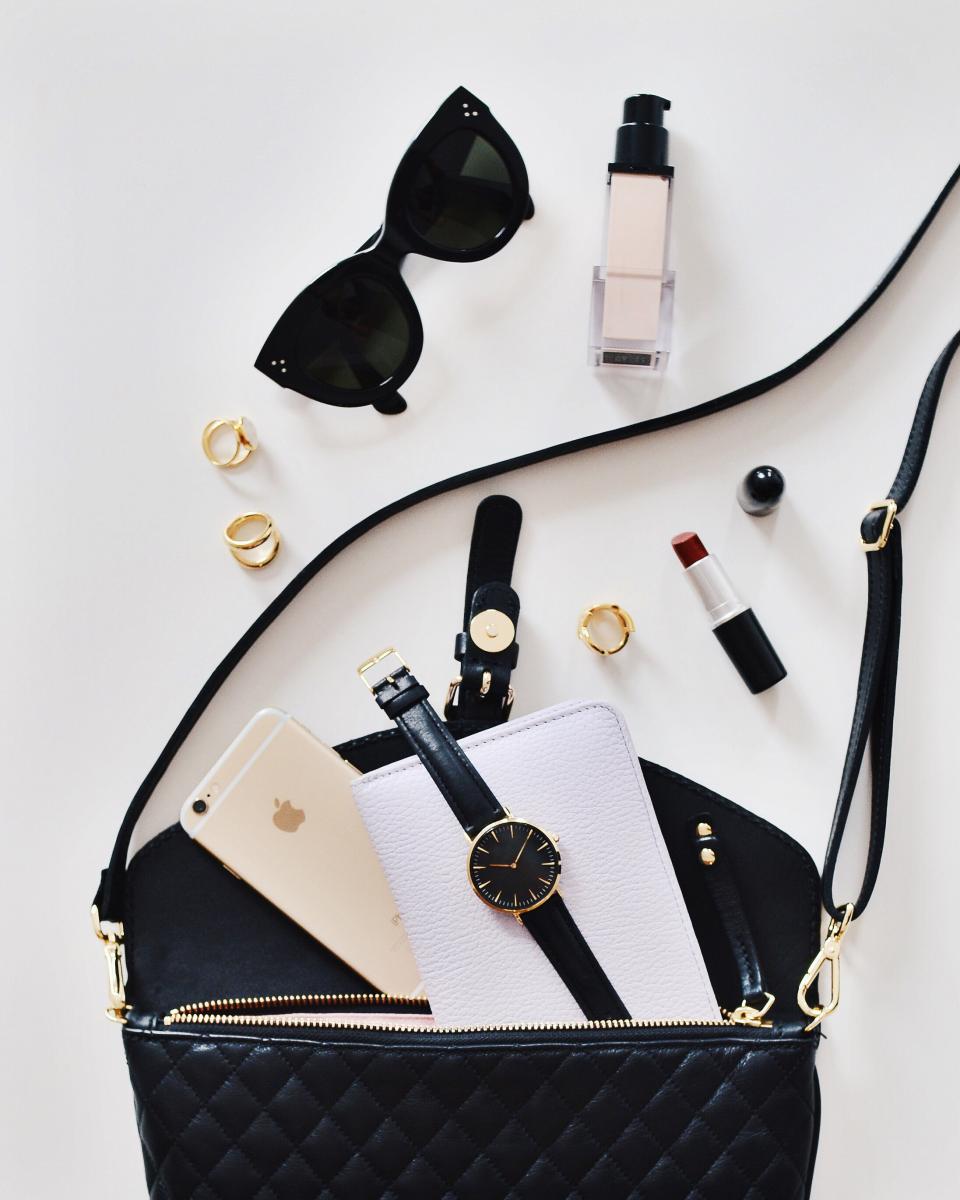“You don’t look like a doctor.”
“You should change your look so people take you more seriously.”
Professionalism and personal style have been perpetual sources of hypocrisy throughout my training and medical career thus far. There is always advice – cut your hair shorter, wear suits of navy and black only, never wear bright colors, do not wear jewelry, keep your hair neutral and unremarkable, make sure you do not look too attractive. These are the things that will make people take me seriously. This is how I become a leader in medicine. (I wonder how often men have been told "Do not look too handsome or dapper.")
I have heard all of these and SO many more, yet if you read anything about leadership, you know that two critical components to great leadership and authenticity and vulnerability. Yet, what is authentic about forcing yourself to look like everyone else so you fit in? If I blend in with everyone else, does that somehow mean I will be noticed as a leader? It has taken me TOO long to realize how ridiculous this is.
Let me share a few stories with you.
I will never forget my first anatomy test in those first grueling yet invigorating weeks of medical school. Not because it was hard or because I aced it, but because I was told I need to start looking different. My personality was reflected in my style and that personality didn’t fit in with everyone else. I needed to conform. Now, there may have been a grain of truth in this – I did after all show up in a plaid skirt, fishnets and riding boots. But, it was more than the clothes. I was made to feel I did not belong and I needed to change if I wanted to stay.
But, that moment changed me. It not only impacted and defined my style (meaning I started watching what other female MDs and students wore in order to try and fit miserably into the mold), but it also had a greater impact that took me years to recognize. It stole my confidence, my sense of self and self-acceptance. I loved who I was walking into that test and felt like I was not enough walking out. I went out and bought suits, button down shirts from Gap and made the venture away from punk to prep. (Yes, if you know me know, this may come as a surprise. If you knew me then, you saw this happen and many of you have told me how much you wish you could see the “old Kelly” more often.)
Trying to fit into that mold for years of medical school was such a sad loss of valuable time. I wasted energy and effort on being someone else so I would fit in. I went to extremes and it left me as a shell of myself. I tried to find my way back and toward the end of medical school, I started to feel like perhaps I found a rhythm that might be acceptable. It was not exactly me, but at least it was closer. Then interview season started.
Guess what?
More advice for me – dye your hair brown, take off your wedding rings and wear no jewelry. No one will take you seriously if you show up as you are. Wear a black suit. Wear a button down. Do not wear color.
Are you KIDDING ME?
But, out of fear, I acquiesced and dyed my hair this horrible mousey brown I hated, cut it into a boring bob from the cool asymmetrical cut I had had and took off my rings. I wore the black suit but I wore a bright top underneath, I had to rebel against such ridiculous advice somehow.
Guess what?
I had innumerable compliments regarding my bravery for wearing color to interviews when no one else did. I wore a rhinestone horseshoe necklace and most people asked me about it as part of the interview. It was laughable. My interviews were better because I showed WHO I was from the moment I entered the room. First impressions count and mine was still professional but it said something. This was my first lesson in personal branding, but I didn’t know it then.
In fellowship, I started becoming braver again. I started to feel like I was finally on a long journey home. To myself. To self-acceptance.
I remember a day in which I wore colorful clothing and had an attending tell me it was inappropriate to wear such color right before we entered a patient room. In that room was a woman who was in the intensive care unit, had organ failure and was at high risk of dying. She looked at me in my colorful dress, platinum faux hawk and 10 earrings and looking back at my attending who was wearing a black suit, black tie and white shirt. She turned back to me and said “thank you.” “Thank you for not dressing like you are attending my funeral while I am still alive.”
The next day, that attending wore a purple shirt and tie. I never saw him in black and white again.
Today, I realize this journey never ends because we are always changing. I have changed and I am not the same woman who showed up to that anatomy test in fishnets, but she is still part of me. I care less about what others think and more about what I think of myself. When I love who I am every day, I am more productive. I am a better person, a better doctor, a better evolving leader.
Our perceptions of professionalism and traditions of “what a doctor should look like” are outdated and ineffective. We should not strive for women physicians to dress like or try to “look like” men, nor should we expect men to wear a consistent uniform of black and white. We should want a workforce and leaders who are NOT homogenous and hiding behind the armor of a button-down shirt if that is not who they are, but one that is diverse, innovative and forward thinking. One that is authentic and vulnerable. That is the way forward.
I do not care if you love chapstick or lipstick, heels or flats, pinstripes or pencil skirts. I want you to be the imperfect, courageous, authentic, vulnerable and amazing YOU that you are meant to be. Why?
Because that is how you lead change. That is how we make the culture of medicine and this world better. We challenge the status quo, along with the old expectation of what a doctor looks like.

